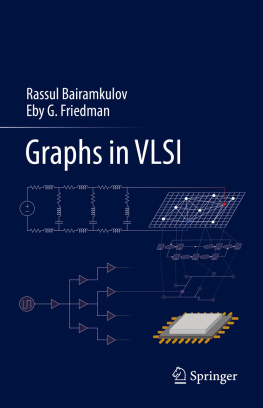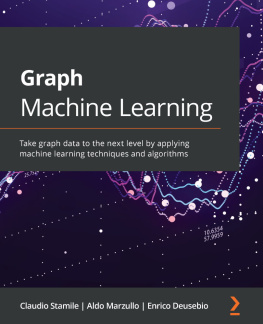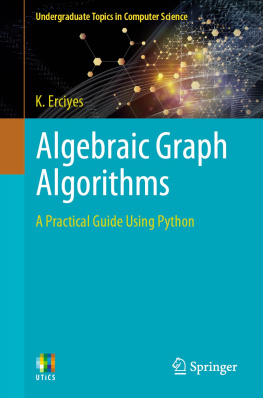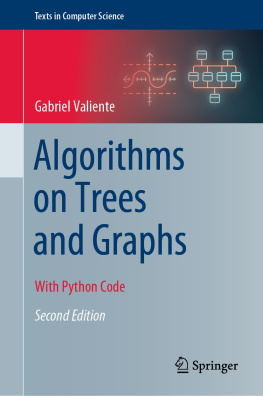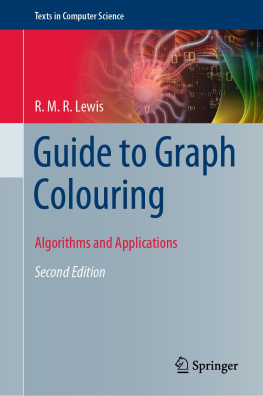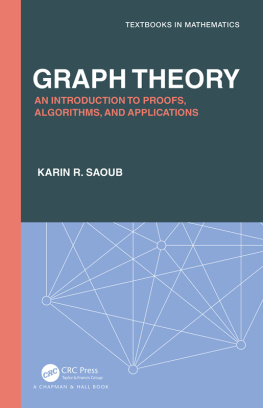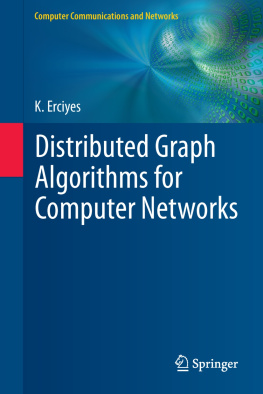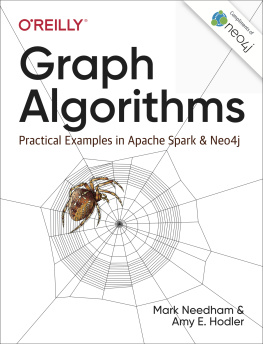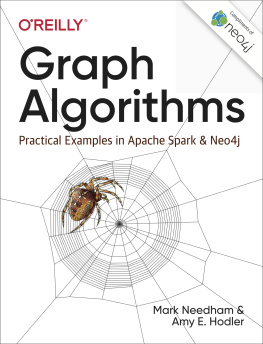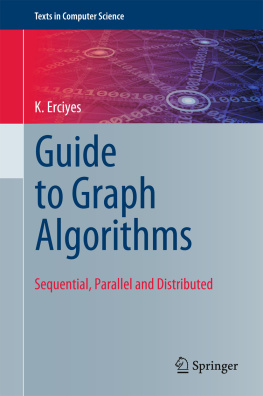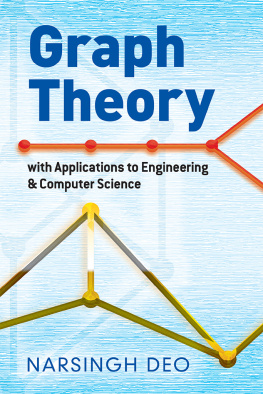Robert Sedgewick
Princeton University

Boston San Francisco New York Toronto Montreal
London Munich Paris Madrid
Capetown Sydney Tokyo Singapore Mexico City
Many of the designations used by manufacturers and sellers to distinguish their products are claimed as trademarks. Where those designations appear in this book and Addison-Wesley was aware of a trademark claim, the designations have been printed in initial capital letters or all capitals.
The author and publisher have taken care in the preparation of this book, but make no expressed or implied warranty of any kind and assume no responsibility for errors or omissions. No liability is assumed for incidental or consequential damages in connection with or arising out of the use of the information or programs contained herein.
The publisher offers discounts on this book when ordered in quantity for special sales. For more information, please contact: Pearson Education Corporate Sales Division, 201 W. 103rd Street, Indianapolis, IN 46290, (800) 428-5331, .
Visit AW on the Web at www.awl.com/cseng/.
Library of Congress Cataloging-in-Publication Data
Sedgewick, Robert, 1946
Algorithms in C++ / Robert Sedgewick.3d ed.
p. cm.
Includes bibliographical references and index.
Contents: v. 2, pt. 5. Graph algorithms
1. C++ (Computer program language) 2. Computer algorithms.
I. Title.
QA76.73.C15S38 2002
005.133dc20 92-901
CIP
Copyright 2002 by Pearson Education, Inc.
All rights reserved. No part of this publication may be reproduced, stored in a retrieval system, or transmitted, in any form or by any means, electronic, mechanical, photocopying, recording, or otherwise, without the prior written permission of the publisher. Printed in the United States of America. Published simultaneously in Canada.
ISBN 0-201-36118-3
Text printed on recycled paper
7 8 9 10DOH070605
Seventh printing, February 2006
Preface
GRAPHS AND GRAPH algorithms are pervasive in modern computing applications. This book describes the most important known methods for solving the graph-processing problems that arise in practice. Its primary aim is to make these methods and the basic principles behind them accessible to the growing number of people in need of knowing them. The material is developed from first principles, starting with basic information and working through classical methods up through modern techniques that are still under development. Carefully chosen examples, detailed figures, and complete implementations supplement thorough descriptions of algorithms and applications.
Algorithms
This book is the second of three volumes that are intended to survey the most important computer algorithms in use today. The first volume (Parts 14) covers fundamental concepts (Part 1), data structures (Part 2), sorting algorithms (Part 3), and searching algorithms (Part 4); this volume () covers graphs and graph algorithms; and the (yet to be published) third volume (Parts 68) covers strings (Part 6), computational geometry (Part 7), and advanced algorithms and applications (Part 8).
The books are useful as texts early in the computer science curriculum, after students have acquired basic programming skills and familiarity with computer systems, but before they have taken specialized courses in advanced areas of computer science or computer applications. The books also are useful for self-study or as a reference for people engaged in the development of computer systems or applications programs because they contain implementations of useful algorithms and detailed information on these algorithms performance characteristics. The broad perspective taken makes the series an appropriate introduction to the field.
Together the three volumes comprise the Third Edition of a book that has been widely used by students and programmers around the world for many years. I have completely rewritten the text for this edition, and I have added thousands of new exercises, hundreds of new figures, dozens of new programs, and detailed commentary on all the figures and programs. This new material provides both coverage of new topics and fuller explanations of many of the classic algorithms. A new emphasis on abstract data types throughout the books makes the programs more broadly useful and relevant in modern object-oriented programming environments. People who have read previous editions will find a wealth of new information throughout; all readers will find a wealth of pedagogical material that provides effective access to essential concepts.
These books are not just for programmers and computer science students. Everyone who uses a computer wants it to run faster or to solve larger problems. The algorithms that we consider represent a body of knowledge developed during the last 50 years that is the basis for the efficient use of the computer for a broad variety of applications. From N-body simulation problems in physics to genetic-sequencing problems in molecular biology, the basic methods described here have become essential in scientific research; and from database systems to Internet search engines, they have become essential parts of modern software systems. As the scope of computer applications becomes more widespread, so grows the impact of basic algorithms, particularly the fundamental graph algorithms covered in this volume. The goal of this book is to serve as a resource so that students and professionals can know and make intelligent use of graph algorithms as the need arises in whatever computer application they might undertake.
Scope
This book, Algorithms in C++, Third Edition, : Graph Algorithms, contains six chapters that cover graph properties and types, graph search, directed graphs, minimal spanning trees, shortest paths, and networks. The descriptions here are intended to give readers an understanding of the basic properties of as broad a range of fundamental graph algorithms as possible.
You will most appreciate the material here if you have had a course covering basic principles of algorithm design and analysis and programming experience in a high-level language such as C++, Java, or C. Algorithms in C++, Third Edition, Parts 14 is certainly adequate preparation. This volume assumes basic knowledge about arrays, linked lists, and ADT design, and makes use of priority-queue, symbol-table, and union-find ADTsall of which are described in detail in Parts 14 (and in many other introductory texts on algorithms and data structures).
Basic properties of graphs and graph algorithms are developed from first principles, but full understanding often can lead to deep and difficult mathematics. Although the discussion of advanced mathematical concepts is brief, general, and descriptive, you certainly need a higher level of mathematical maturity to appreciate graph algorithms than you do for the topics in Parts 14. Still, readers at various levels of mathematical maturity will be able to profit from this book. The topic dictates this approach: some elementary graph algorithms that should be understood and used by everyone differ only slightly from some advanced algorithms that are not understood by anyone. The primary intent here is to place important algorithms in context with other methods throughout the book, not to teach all of the mathematical material. But the rigorous treatment demanded by good mathematics often leads us to good programs, so I have tried to provide a balance between the formal treatment favored by theoreticians and the coverage needed by practitioners, without sacrificing rigor.


